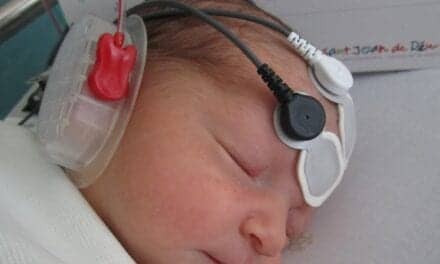The authors of an article recently published in Nature Machine Intelligence call for the artificial intelligence (AI) and hearing communities to merge and “bring about a technological revolution in hearing,” through the creation of “true artificial auditory systems.” Their hypothesis relies on the assumption that both hearing healthcare and research are currently lacking the technological capacity to improve access to care and serve complex needs.
Related article: AI-Driven Insights from AI-Driven Data
The authors argue that the recent introduction of deep neural networks (DNNs) into machine hearing systems has helped improve performance in certain tasks, but has not brought machine hearing “any closer to the auditory system in a mechanistic sense.” A machine hearing system that replicates both the function and structure of the auditory system will allow for the full potential of AI to be utilized, the authors say.
Additionally, the researchers recommend the use of AI as a way to help simplify the diagnosis of hearing disorders, which can be difficult to identify and treat given the complexity of the inner ear. For example, technology like convolutional neural networks (CNNs) could be used to quickly identify a patient’s condition based on symptoms, predict its course, and recommend treatment, helping to serve a population without access to specialized equipment or clinicians. Citing a statistic from the World Report on Hearing that estimates hearing disorders affect about 500 million people, 80% of whom need treatment and are not receiving it, the authors conclude that access to hearing care is a major issue for which AI could help solve. For example, the use of automated fittings for cochlear implants via Bayesian networks, could be delivered remotely to places that lack the resources to access healthcare.
To read the article in its entirety, please click here.
Original Paper: Lesica NA, Mehta N, Manjaly JG, Deng L, Wilson BS, Zeng F-G. Harnessing the power of artificial intelligence to transform hearing healthcare and research. Nature Machine Intelligence. 2021;3:840-849.
Source: Nature Machine Intelligence




